Building a small flatbed trailer can be both a rewarding and practical project, whether you need it for personal use, hauling equipment, or transporting goods. This guide will delve into every essential aspect of constructing a small flatbed trailer, ensuring you possess the required knowledge and skills. We will address everything from design considerations to material selection, and step-by-step construction processes.
1. Understanding Trailer Types and Uses
1.1 Types of Flatbed Trailers
Before embarking on the construction journey, understanding the different types of flatbed trailers is essential. They typically vary in design and purpose, which influences your specific building requirements. For instance:
- Standard Flatbed Trailers: Ideal for general hauling needs, featuring an open deck for easy loading and unloading.
- Car Haulers: Specifically designed for transporting vehicles, often equipped with ramps.
- Equipment Trailers: Heavier-duty trailers meant for machinery and larger items.

1.2 Selecting the Right Trailer for Your Needs
To determine which type fits your requirements, consider:
- Payload Capacity: Calculate the maximum weight of items you plan to transport.
- Dimensions: Assess the length and width required for your cargo.
- Features: Decide on elements like side rails and ramps, which enhance functionality.
2. Planning Your Flatbed Trailer Construction
2.1 Creating a Design Blueprint
A robust plan acts as the backbone of your trailer construction. Create a detailed blueprint that outlines:
- Size Specifications: Decide dimensions based on your needs.
- Frame Design: Outline the structural elements, like crossbeams and side rails.

2.2 Gather Essential Tools and Materials
Constructing a small flatbed trailer requires various tools and materials. Below is a comprehensive list divided into tools and materials:
| Tools | Materials |
|---|---|
| Circular saw | Steel tubing or angle iron |
| Welding machine | Wood for decking |
| Measuring tape | Axles |
| Level | Trailer lights and wiring |
| Drill | Coupler and safety chains |
| Safety equipment | Paint or rust-proof coating |
2.3 Checking Local Regulations
Before proceeding, we recommend checking local laws regarding trailer construction. Ensure all requirements are met, including weight capacities and lighting regulations.
3. Step-by-Step Construction Process
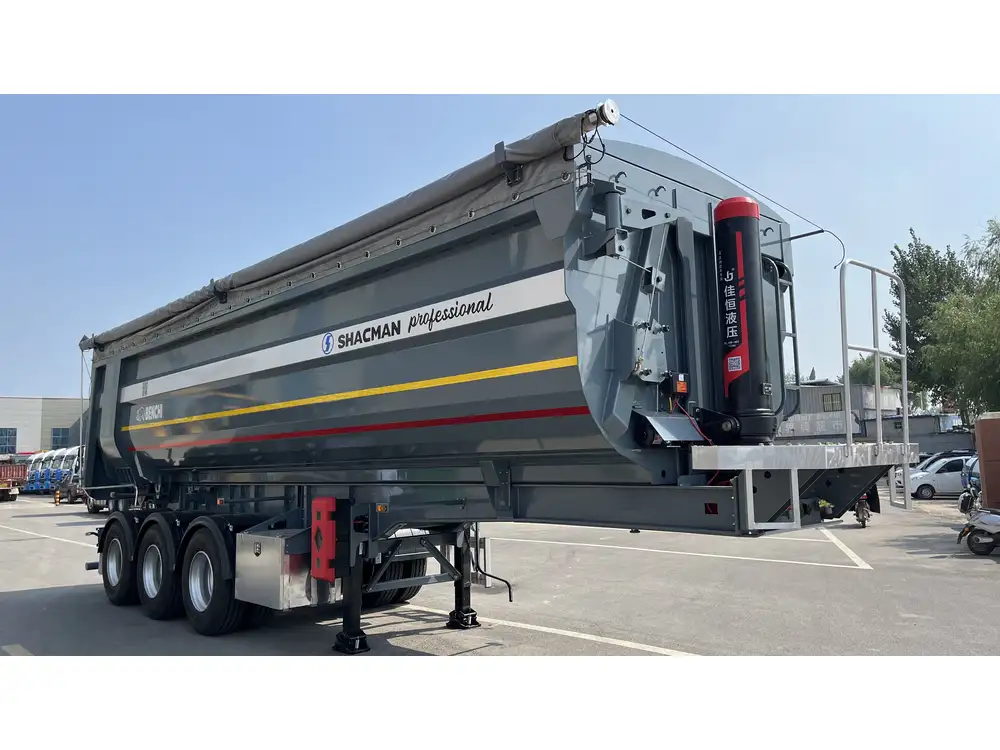
3.1 Building the Trailer Frame
3.1.1 Selecting Materials for the Frame
A strong frame is crucial for trailer durability. We recommend using:
- Steel tubing for its strength and resistance to bending.
- Angle iron for reinforcement in key structural points.
3.1.2 Cutting and Assembling the Frame
- Measure and Cut: Determine the lengths for the sides, front, and rear of the trailer frame. Typically, a 4×8 foot flatbed requires:
- Two side rails: 8 feet each
- Two front and rear rails: 4 feet each
- Welding: Create a rectangular base by welding the corner joints.
- Cross Members: Add cross members every 2 feet to support the trailer bed, providing additional strength.

3.2 Constructing the Trailer Bed
3.2.1 Decking Material Selection
Choose a decking material that meets your needs:
- Plywood: Lightweight and cost-effective; good for general use.
- Treated lumber: Offers durability against the elements.
3.2.2 Installing the Decking
- Measure and Cut: Fit the decking material to the dimensions of the trailer frame.
- Secure with Screws: Attach the deck with corrosion-resistant screws to prevent rusting.
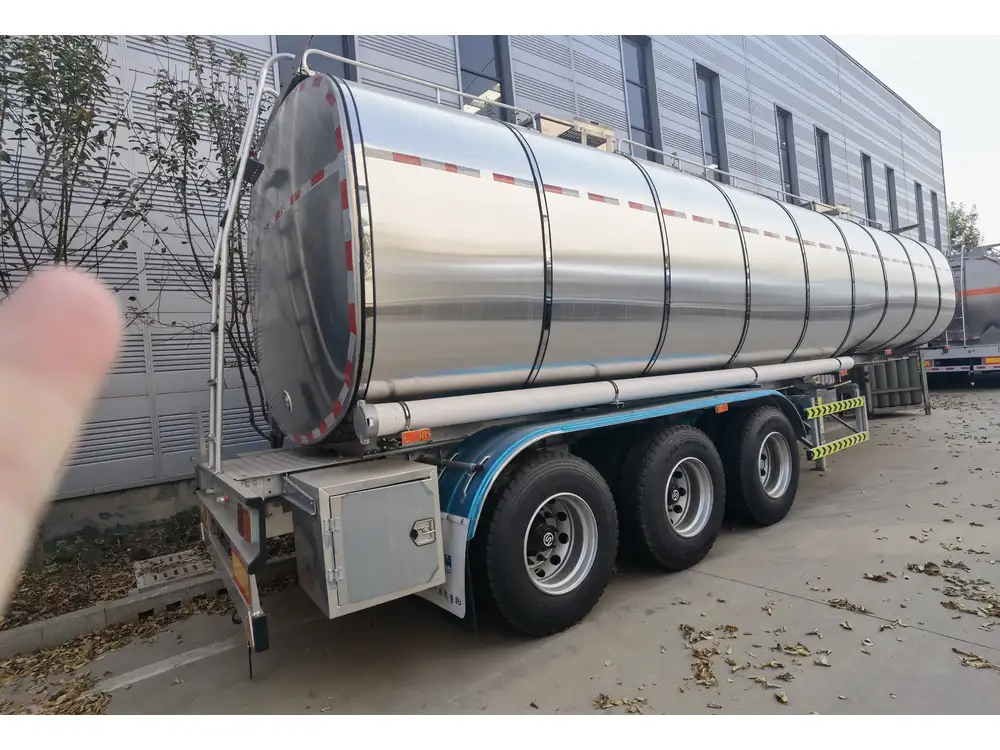
3.3 Wiring and Lighting the Trailer
3.3.1 Wiring Setup
Proper lighting is vital for safety and compliance. Follow these steps:
- Plan Your Wiring: Decide on the placement for tail lights, brake lights, and turn signals.
- Use Weatherproof Connectors: Connect wiring to ensure longevity under harsh conditions.
3.3.2 Installing Lights
- Mount the Lights: Secure all lights to the rear and sides for visibility.
- Test the Connections: Activate your car’s hazard lights to confirm all signals function correctly.
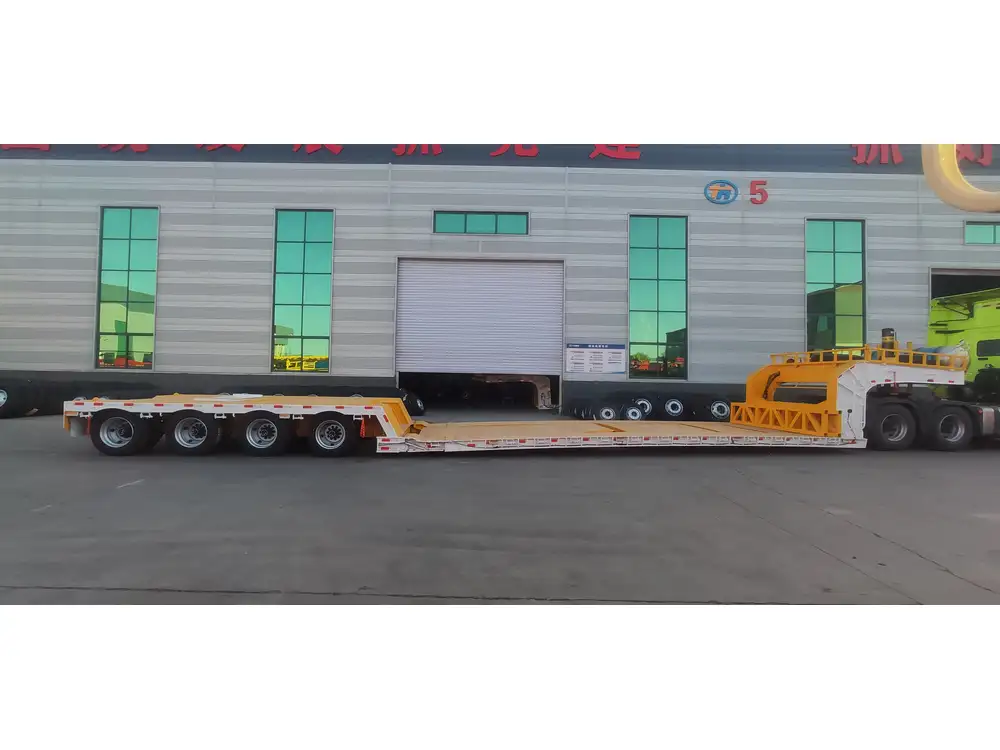
3.4 Attaching the Axle and Wheels
3.4.1 Axle Selection
Choose the appropriate axle based on your trailer size and weight capacity. Common options include:
- Single axles for lighter trailers.
- Dual axles for increased stability.
3.4.2 Installation
- Position the Axle: Place it under the frame at a position that balances the weight.
- Secure It: Use U-bolts and welding to reinforce the axle connections.
- Attach the Wheels: Ensure wheels are correctly aligned and secured with lug nuts.

3.5 Final Touches for Safety and Aesthetics
3.5.1 Adding Side Rails and Ramps
- Side Rails: Optional but beneficial for securing loads.
- Ramps: If required, construct ramps from the same materials as the decking, ensuring they are sturdy and secure.
3.5.2 Painting and Rust Prevention
- Clean the Frame: Remove any debris from welding and expose bare metal.
- Apply Rust-proof Coating: A durable paint will protect against environmental elements.
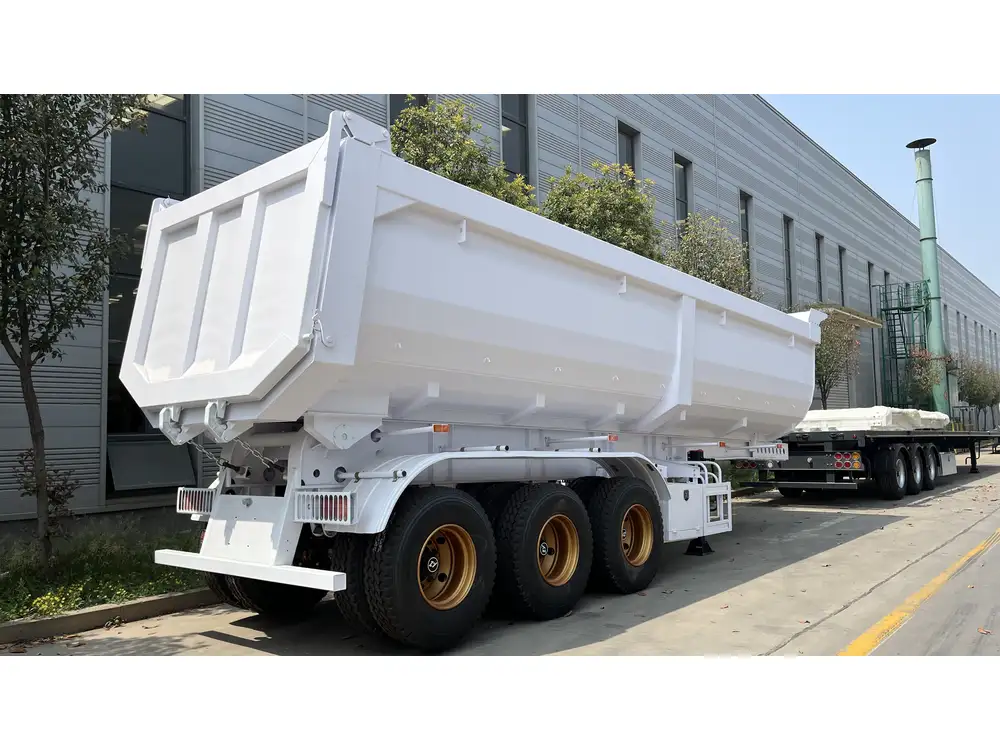
4. Maintenance Tips for Your Flatbed Trailer
Owning a trailer comes with responsibilities. Below are maintenance practices to ensure your trailer remains in excellent condition:
4.1 Regular Inspections
- Frame: Check for any signs of rust or structural damage.
- Wheels: Monitor tire pressure and tread wear.
- Lights: Confirm that all lighting is functional before every trip.
4.2 Lubrication
Grease moving parts, including wheel bearings, to prevent wear and ensure smooth operation.
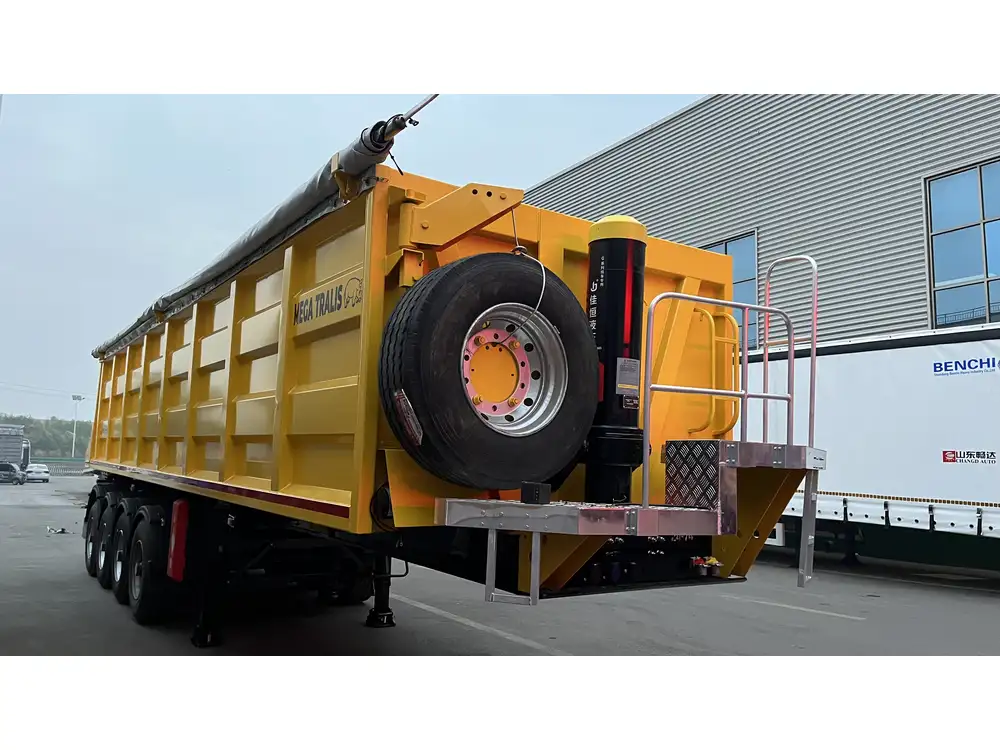
4.3 Storage
When not in use, store your trailer in a dry, sheltered location to protect it from the elements.
5. Conclusion
Constructing a small flatbed trailer from scratch not only saves money but also allows customization to meet specific needs. By following this comprehensive guide, you will be equipped to tackle your project confidently, ensuring a functional and durable result. Remember to adhere to safety regulations throughout the building process and enjoy the journey of creating your unique trailer!
By tailoring this extensive guide to address common queries and concerns surrounding trailer construction, we aim to enhance user engagement and conversion rates.



